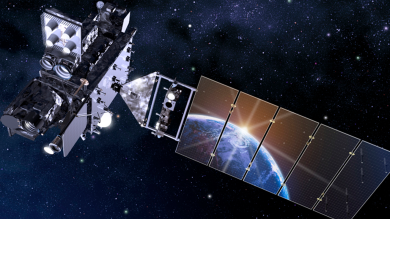The National Oceanic & Atmospheric Administration (NOAA) (U.S. Department of Commerce) successfully launched its newest weather satellite GOES-T on 1 March 2022.
NOAA’s GOES-T is the third satellite in the Geostationary Operational Environmental Satellites (GOES) – R Series, a Western Hemisphere’s weather observing and environmental monitoring system.
The GOES-R Series provides advanced imagery and atmospheric measurements, real-time mapping of lightning activity, and space weather monitoring. After GOES-T launches, it will be renamed GOES-18 once it reaches geostationary orbit. Following a successful on-orbit checkout of its instruments and systems, NOAA plans to put GOES-T immediately into operational service, replacing GOES-17 as GOES West. GOES-18 will work in tandem with GOES-16, NOAA’s operational GOES East satellite. Together, GOES-16 and GOES-18 will watch over more than half the globe – from the west coast of Africa to New Zealand. GOES-17 will become an on-orbit spare.
The primary instrument on the GOES Series for imaging Earth's weather, oceans and environment is the Advanced Baseline Imager (ABI) and is used for a wide range of applications, among others related to weather, hurricanes and natural hazards.
Image: NOAA's GOEST-T Satellite (Credit: NOAA) https://www.nesdis.noaa.gov/next-generation/goes-t/goes-t-media-resources

